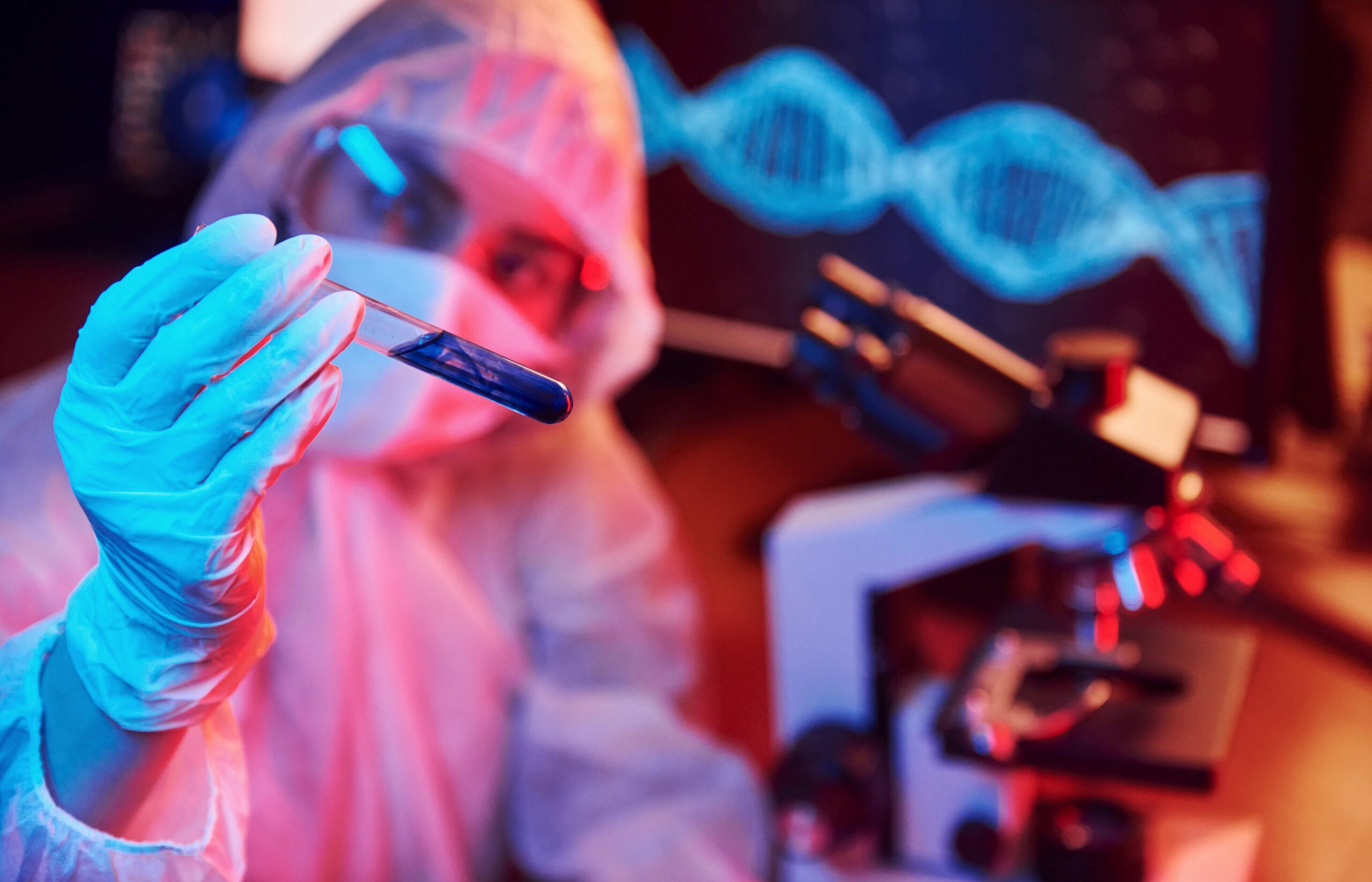CRISPR (clustered regularly interspaced short palindromic repeats) genetic editing has become a game changer in biology. Whereas before researchers were limited to a narrow set of model organisms like fruit flies or mice, now they’re going far beyond that. A whole universe is opening up: scientists are beginning to study species that were previously too complex for lab work. Beetles, ants, and cuttlefish each can answer a unique scientific question. But how realistic is it?
Read also: Soft2Bet Growth in iGaming: From Small Brands to Large-Scale Ideas
CRISPR has made gene editing possible quickly and inexpensively. However, what has become truly important is not only the method itself, but how it has stimulated scientists to look for new experimental organisms with interesting features that can tell us something fundamentally new about biology.
Who Is Looking for New Lab Heroes
For example, entomologist Joseph Parker is using CRISPR to understand how stag beetles learned to live side by side with ants. He is comparing genes in species with different lifestyles and thus uncovering the mechanisms of symbiosis.
Tessa Montague studies the cephalopod molluscs, cuttlefish, and bobtail. These creatures are able to change skin coloration depending on their environment, essentially turning their body surface into a living screen. Her team’s research will help uncover the mechanisms of neural activity and perception.
Biologist Daniel Cronauer became interested in ant social organization. His experiments with CRISPR have shown how the absence of pheromones disrupts colony structure, helping to study the basis of collective behavior.
And in Japan, Shuji Shigenobu is working with the pea aphid, a dangerous agricultural pest. His goal is to understand the genetic basis of the insect’s life cycle and find new ways to protect crops without the use of traditional pesticides.
What Challenges Do Scientists Face
Working with atypical organisms is difficult. First of all, because nature itself does not adapt to laboratory conditions. To succeed, researchers have to solve several problems at once:
- Figuring out how to introduce CRISPR components into the embryo of a particular species.
- Provide conditions for breeding animals in captivity.
- Find the right environment and temperature conditions.
- Find signals (sound, olfactory) that are necessary for reproduction or growth.
- Create equipment and tools to handle “soft-bodied” or overly miniaturized organisms.
Even with access to editing technology, each step requires long preparation and trial and error. Often, only a few labs in the world study such organisms, making research vulnerable to delays and a lack of resources.
It’s Still Worth the Effort
Despite the challenges, interest in new model organisms is growing.

It’s not just a desire to study the unusual. Each of these organisms has features that cannot be modeled in mice or yeast.
- Beetles teach us about symbiosis.
- Cuttlefish teach us perception and rapid adaptation.
- Aphids teach us reproduction and interaction with plants.
- Ants teach us social organization and hierarchy.
The creation of new models expands not only scientific knowledge but also applications, from the development of next-generation pesticides to neural interfaces.
According to biologist David Stern, such projects require a deliberate approach and preparation. Even breeding flies can be a non-trivial task if you forget that they need a certain odor to lay eggs.
“It’s such an exciting time to be working with any model organism especially with these new and strange creatures,” the researchers say.
Indeed, with the development of tools such as CHOPCHOP and the increasing availability of genetic data, the list of “domesticated” organisms could grow to include far more unusual representatives. The world of science is ready for diversification; now it’s nature’s turn.


Comments are closed